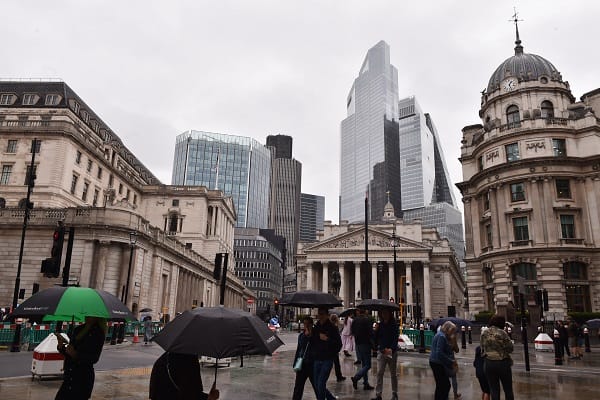We can pop the corks on our Champagne bottles and celebrate the heroic work of the government and the BoE, who have finally managed to tame inflation to a rate beneath their 2% target.
To be clear, this does not mean the price of essentials is getting any cheaper rather they are continuing to get more expensive but now at a slower rate.
Perhaps the celebrations should be slightly muted given the monetary and fiscal policies of the government and BoE caused the inflation to begin with.
The reduction of inflation now offers the BoE a clear path to reduce interest rates further. Gold, as a non-yielding asset, becomes more attractive when interest rates fall. If – as is now widely forecast – the BoE cuts interest rates before Santa visits, this will likely boost demand for gold among GBP investors.
Lower interest rates generally weaken a currency. If sterling weakens, gold priced in GBP naturally becomes more expensive. With the likelihood of two rate cuts before the end of the year, we might see a depreciation of the pound, pushing the GBP price of gold higher, even if global gold prices remain stable.
While inflation is cooling, the monetary environment is shifting towards easier conditions, which historically has supported gold prices. Investors looking to protect against currency risk and benefit from lower opportunity costs may view gold as an appealing saving strategy or a diversification tool moving forward.




Leave a Comment